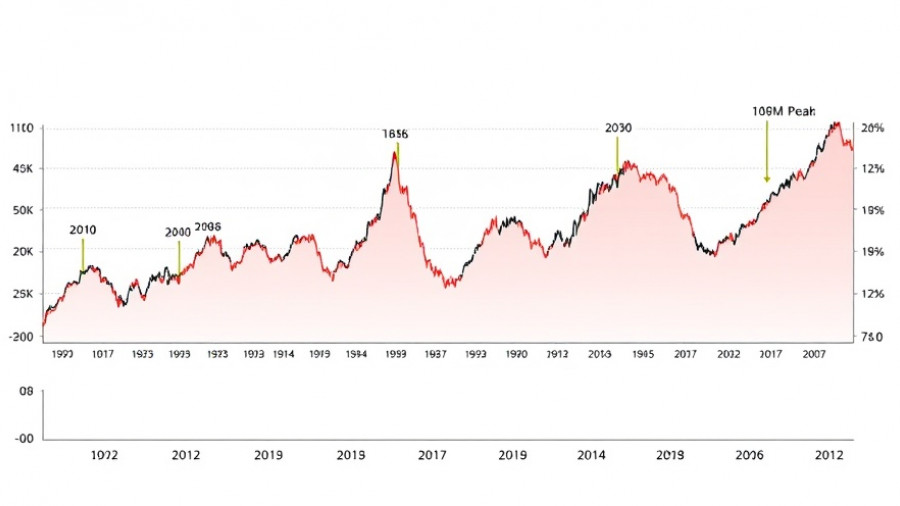
The Tipping Point: Understanding Munger's £100K Rule
In the realm of investing, the concept of a 'tipping point' is paramount. Renowned investor Charlie Munger suggests that properly harnessing your financial resources can transform the way money works for you. His £100K rule initiates a conversation about when investments begin to yield significant returns compared to the effort spent in acquiring them. This threshold emphasizes a pivotal moment in wealth creation, prompting considerations among both seasoned investors and novices alike.
The Importance of Wealth Growth Strategies
Recognizing your own tipping point is crucial for establishing effective wealth growth strategies. Investors need to assess their financial goals and the assets they are managing. Knowing at what point your investment portfolio begins to generate returns greater than your input of time and energy can be empowering. Engaging with financial advisors can provide insights into personalized strategies that align with individual goals, allowing for a tailored approach to wealth accumulation.
Shifting Focus: Beyond the £100K Mark
While the £100K rule is a helpful benchmark, it's important to remember that wealth generation is not solely about reaching a monetary threshold. It involves ongoing management, re-investment, and strategic thinking. As the financial landscape evolves, so too should investors be ready to adapt their strategies, whether it’s exploring innovations like crypto, managing real estate, or optimizing retirement accounts.
What Lies Ahead in Investment Trends?
The future of investing points toward an integrative approach, where traditional assets like stocks and bonds merge with digital currencies and alternative investments. With increasing access to financial technology, more individuals are becoming engaged in managing their portfolios. The implications of Munger’s insights extend well beyond just personal finance; they touch on the broader trends impacting the financial services sector and challenge institutions to facilitate more sophisticated investment landscapes.
Actionable Insights for Financial Institutions
For financial institutions, understanding Munger's perspective provides a pathway to enhance services and products catered to evolving investor needs. Institutions should focus on educational offerings that help clients recognize their own tipping points. Whether through workshops, webinars, or personalized financial planning sessions, empowering clients with knowledge can foster loyalty and trust.
In conclusion, Munger’s £100K rule serves as an insightful starting point for understanding investment potential and personal financial empowerment. As both individuals and institutions assess their investment strategies, recognizing the tipping point can lead to transformative wealth growth. Financial service providers are encouraged to adopt proactive educational measures to guide clients towards a brighter financial future.
 Add Row
Add Row  Add
Add 




Write A Comment